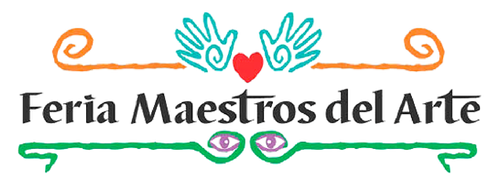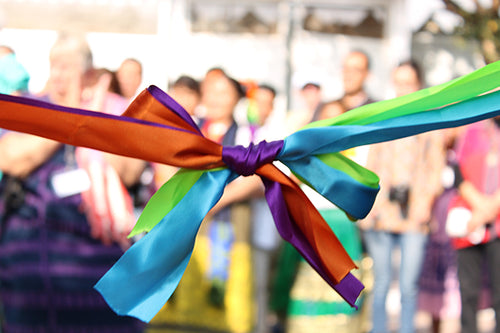
Pablo Pajarito Tonalá, Jalisco
México's people have, over the centuries, become a mixture of colors. Take the bronze complexion of its indigenous peoples, and add the white of the conquistadors, and you get a color similar to cinnamon or canelo. This is the color of Nicasio Pajarito González' pottery. The color of his heritage. His work has garnered many awards all over the world for his work. His work is Mexican folk art at its best and he is featured in the book "Great Masters of Mexican Folk Art”.
The hands of five generations of talented and dedicated men and women have preserved the cultural heritage of their parents, grandparents, and even their great-grandparents. Such is the case of Pablo Pajarito. He is dedicated to continuing the tradition of his people and to take Mexican craftsmanship beyond Mexico’s borders. He has become known for his creativity and innovation and produces original, as well as avant-garde barro
Pablo began working on his technique at a very early age, sanding and smoothing the easiest pieces in his family's workshop. At the age of 10, he began practicing his first pencil strokes. His work is exquisite and ranges from tequila glasses to collectibles. He has won awards in numerous competitions, both regional and statewide, and is nationally recognized for his work.
Pablo also finds gratification in helping other Mexican artisans develop their techniques. He collaborates on new projects and ideas with his "namesake" Pablo Reza, a Wixárika artisan from the Sierra Alta of Jalisco. Pablo usually makes about six small pieces per day, but when he embarks on a project for a contest or a collector, he can spend anywhere from 15 days to a month to complete the piece.
To get the desired cinnamon (canelo) color, Pablo must mix clay available locally from Rosario with a black clay brought from another local, Tateposco. His paints are natural earth pigments. Next, the piece is sanded, cleaned and a matiz clay is applied that gives the background color. Now, the pot is ready for the decoration or embaje — using earth pigments and brushes made from animal hair. The appliquéd elements are done first and then, with very fine brushes, the most delicate work is completed. The pieces are burnished with a stone for a long time and with great pressure to fix the colors and seal the pores of the clay. Finally, the pieces are wiped with a cloth to clean off any dust and placed in the kiln for about three hours. The finished product has taken on a canelo coloring with cinnamon-related shades.
Calle Limón #205, Lomas del Camichin
Tonalá, Jalisco
331 076 9910 WhatsApp
barrocanelopajarito@hotmail.com

